
How to Use pH Sensor: Examples, Pinouts, and Specs
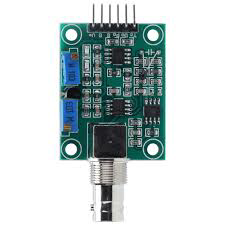
 Design with pH Sensor in Cirkit Designer
Design with pH Sensor in Cirkit DesignerIntroduction
The DIY More PH-4502C pH Sensor is an electronic device designed to measure the acidity or alkalinity of a solution. It provides a voltage output that corresponds to the pH level of the liquid being tested. This sensor is widely used in applications such as water quality monitoring, aquariums, hydroponics, and laboratory experiments. Its compact design and ease of integration make it suitable for both hobbyist and professional projects.
Explore Projects Built with pH Sensor
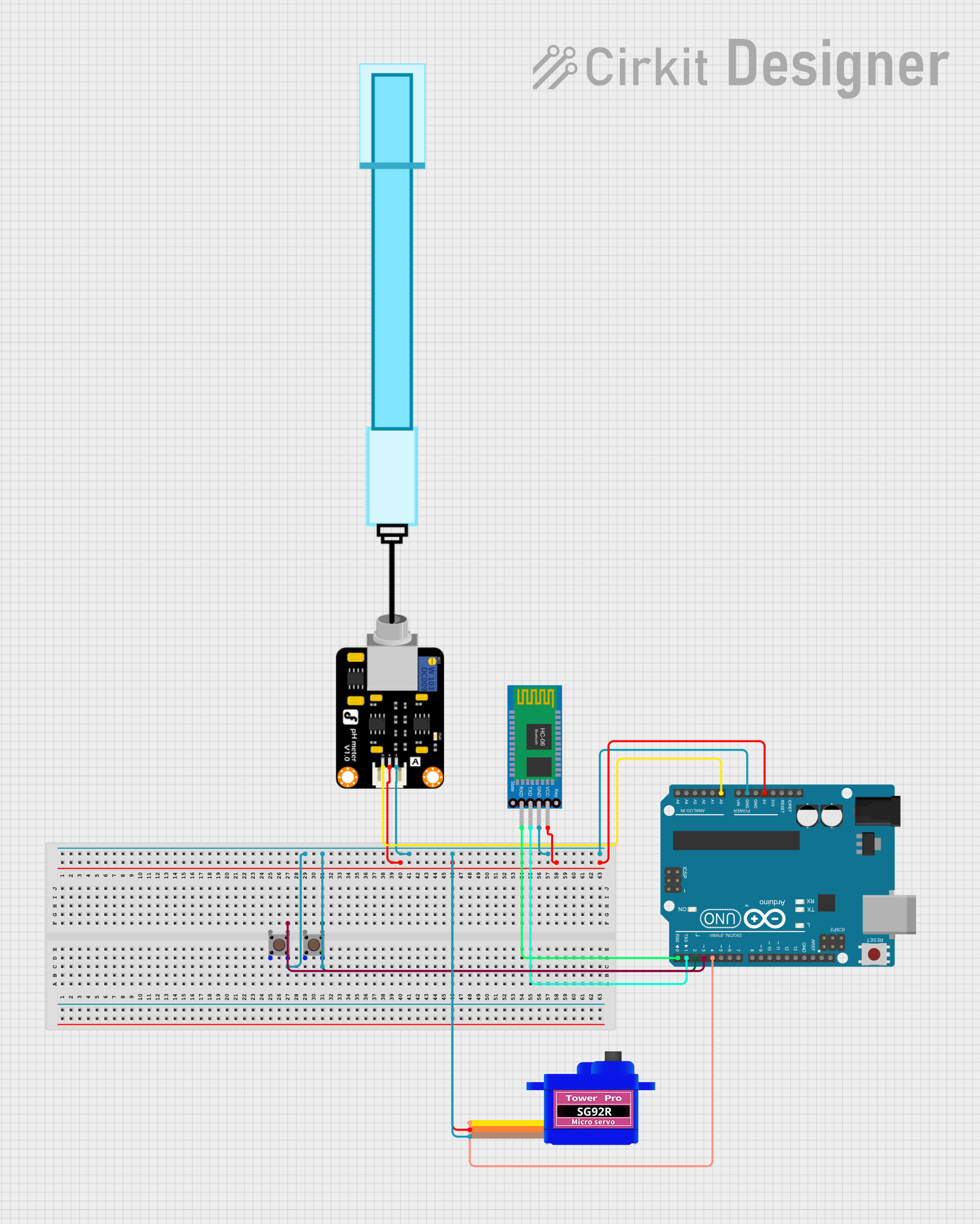
 Open Project in Cirkit Designer
Open Project in Cirkit Designer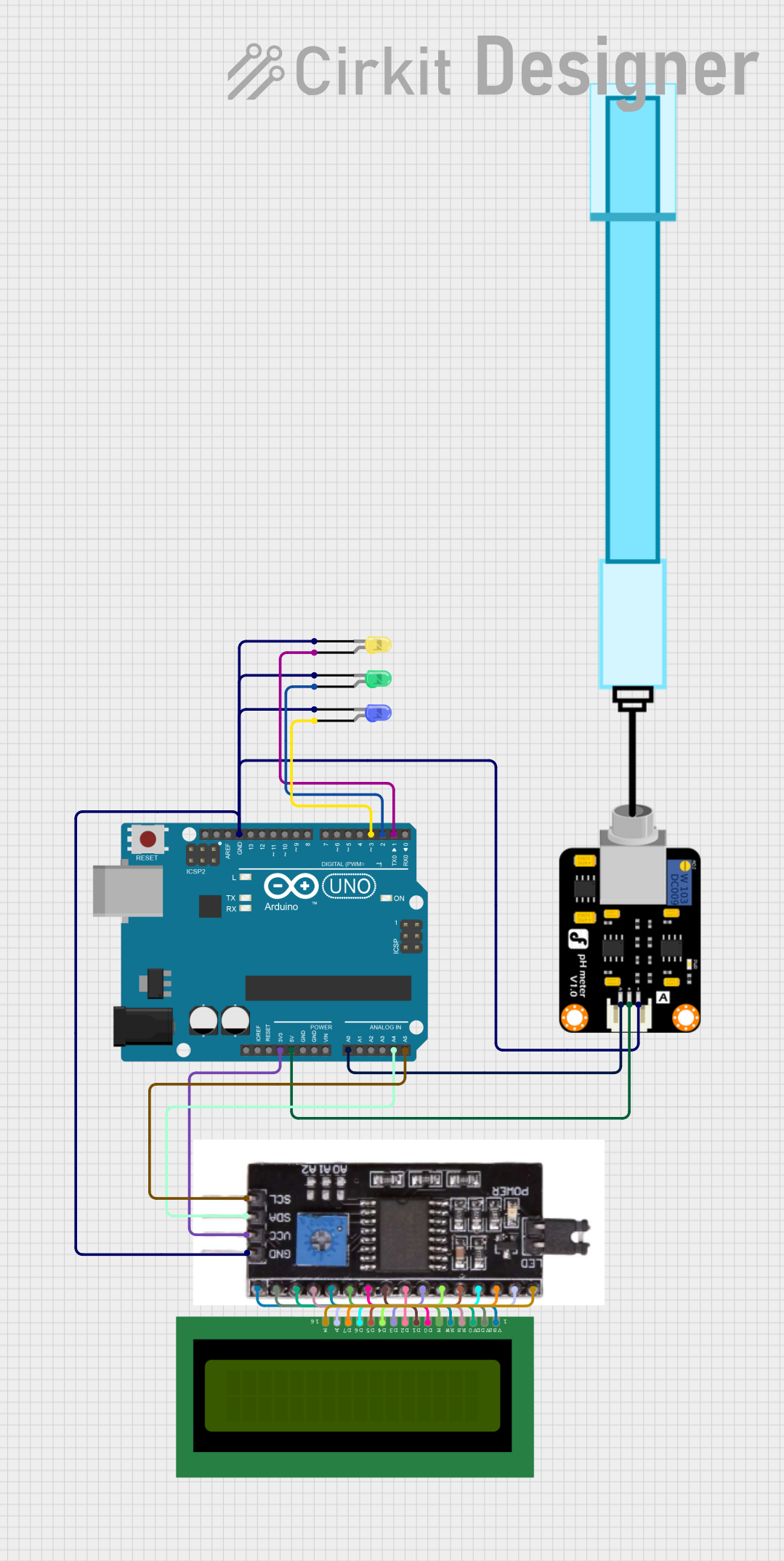
 Open Project in Cirkit Designer
Open Project in Cirkit Designer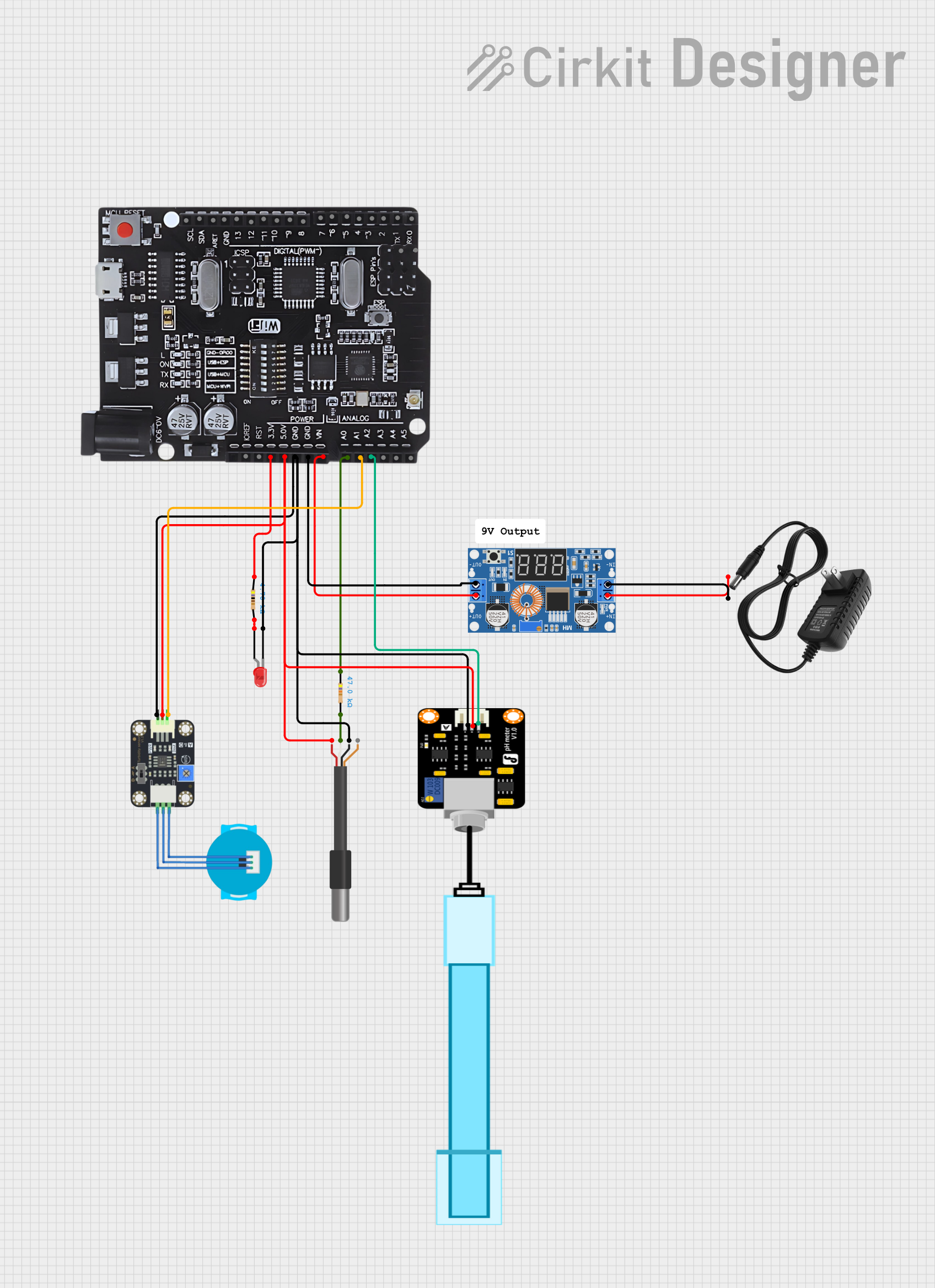
 Open Project in Cirkit Designer
Open Project in Cirkit Designer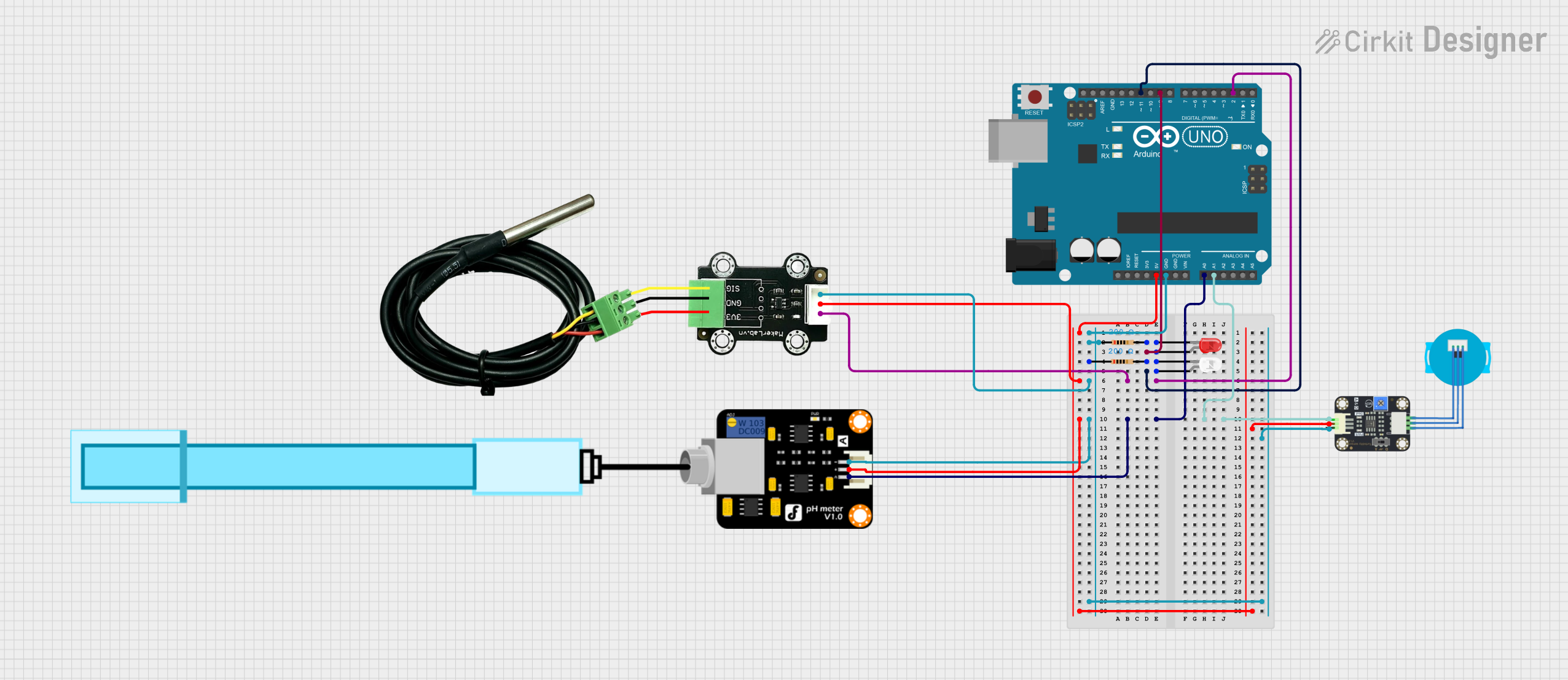
 Open Project in Cirkit Designer
Open Project in Cirkit DesignerExplore Projects Built with pH Sensor

 Open Project in Cirkit Designer
Open Project in Cirkit Designer
 Open Project in Cirkit Designer
Open Project in Cirkit Designer
 Open Project in Cirkit Designer
Open Project in Cirkit Designer
 Open Project in Cirkit Designer
Open Project in Cirkit DesignerCommon Applications and Use Cases
- Water quality monitoring in aquariums and pools
- Hydroponic systems for plant growth
- Environmental testing and research
- Laboratory experiments in chemistry and biology
- Industrial process monitoring
Technical Specifications
The following table outlines the key technical details of the PH-4502C pH Sensor:
| Parameter | Value |
|---|---|
| Manufacturer | DIY More |
| Part ID | PH-4502C |
| Operating Voltage | 5V DC |
| Output Voltage Range | 0V to 3V (corresponding to pH 0-14) |
| Measurement Range | pH 0 to pH 14 |
| Accuracy | ±0.1 pH (at 25°C) |
| Operating Temperature | 0°C to 60°C |
| Response Time | ≤1 minute |
| Probe Type | Glass electrode |
| Probe Cable Length | ~300 cm |
| Dimensions (Module) | 42mm x 32mm x 20mm |
Pin Configuration and Descriptions
The PH-4502C module has a simple pinout for easy integration. Below is the pin configuration:
| Pin Name | Description |
|---|---|
| VCC | Power supply input (5V DC) |
| GND | Ground connection |
| DO | Digital output (high/low signal for threshold pH) |
| AO | Analog output (voltage proportional to pH level) |
Usage Instructions
How to Use the PH-4502C in a Circuit
Connect the Module:
- Connect the VCC pin to a 5V power supply.
- Connect the GND pin to the ground of your circuit.
- Connect the AO pin to an analog input pin of your microcontroller (e.g., Arduino).
- Optionally, connect the DO pin to a digital input pin if you want to use the threshold feature.
Calibrate the Sensor:
- Use the onboard potentiometer to adjust the sensor's output for accurate readings.
- Immerse the probe in a standard buffer solution (e.g., pH 7) and adjust the potentiometer until the output matches the expected value.
Place the Probe:
- Immerse the glass electrode probe in the solution to be tested.
- Ensure the probe is clean and free of contaminants before use.
Read the Output:
- The AO pin provides an analog voltage proportional to the pH level.
- Use an analog-to-digital converter (ADC) on your microcontroller to interpret the voltage and calculate the pH.
Important Considerations and Best Practices
- Always rinse the probe with distilled water before and after use to prevent contamination.
- Avoid exposing the probe to extreme temperatures or corrosive chemicals.
- Store the probe in a pH storage solution when not in use to maintain accuracy and longevity.
- Perform regular calibration using standard buffer solutions (e.g., pH 4, pH 7, and pH 10).
Example Code for Arduino UNO
Below is an example of how to interface the PH-4502C pH Sensor with an Arduino UNO:
// PH-4502C pH Sensor Example Code for Arduino UNO
// Reads the analog output (AO) and calculates the pH value
#define PH_PIN A0 // Analog pin connected to AO pin of the sensor
float voltage; // Variable to store the sensor's output voltage
float pHValue; // Variable to store the calculated pH value
void setup() {
Serial.begin(9600); // Initialize serial communication
pinMode(PH_PIN, INPUT); // Set the pH sensor pin as input
}
void loop() {
// Read the analog value from the sensor
int sensorValue = analogRead(PH_PIN);
// Convert the analog value to voltage (assuming 5V reference)
voltage = sensorValue * (5.0 / 1023.0);
// Convert the voltage to pH value (calibration may be required)
pHValue = 3.5 * voltage; // Example conversion factor (adjust as needed)
// Print the pH value to the Serial Monitor
Serial.print("pH Value: ");
Serial.println(pHValue);
delay(1000); // Wait for 1 second before the next reading
}
Note: The conversion factor (3.5 in the example) may vary depending on the sensor's calibration. Adjust it based on your calibration results.
Troubleshooting and FAQs
Common Issues and Solutions
Inaccurate Readings:
- Cause: The sensor is not calibrated.
- Solution: Calibrate the sensor using standard buffer solutions.
No Output or Fluctuating Values:
- Cause: Loose connections or damaged probe.
- Solution: Check all connections and ensure the probe is not damaged.
Slow Response Time:
- Cause: Dirty or clogged probe.
- Solution: Clean the probe with distilled water and store it in a pH storage solution.
Output Voltage Stuck at Maximum or Minimum:
- Cause: Probe not immersed in the solution or dry.
- Solution: Ensure the probe is properly immersed in the liquid being tested.
FAQs
Q1: Can the PH-4502C be used with a 3.3V microcontroller?
A1: The module requires a 5V power supply, but the analog output can be read by a 3.3V ADC. Use a level shifter if needed for digital signals.
Q2: How often should I calibrate the sensor?
A2: Calibration should be performed before each use for critical applications or at least once a week for general use.
Q3: Can the sensor measure pH in high-temperature solutions?
A3: The sensor operates within a temperature range of 0°C to 60°C. Avoid using it in solutions outside this range.
Q4: What is the lifespan of the pH probe?
A4: The probe typically lasts 1-2 years with proper care and maintenance.